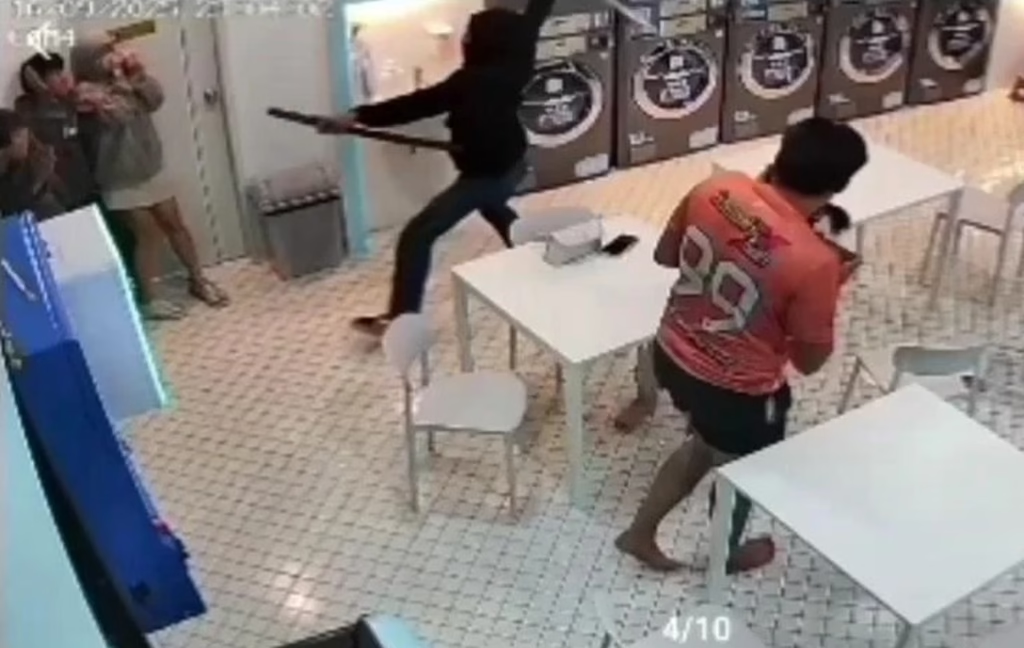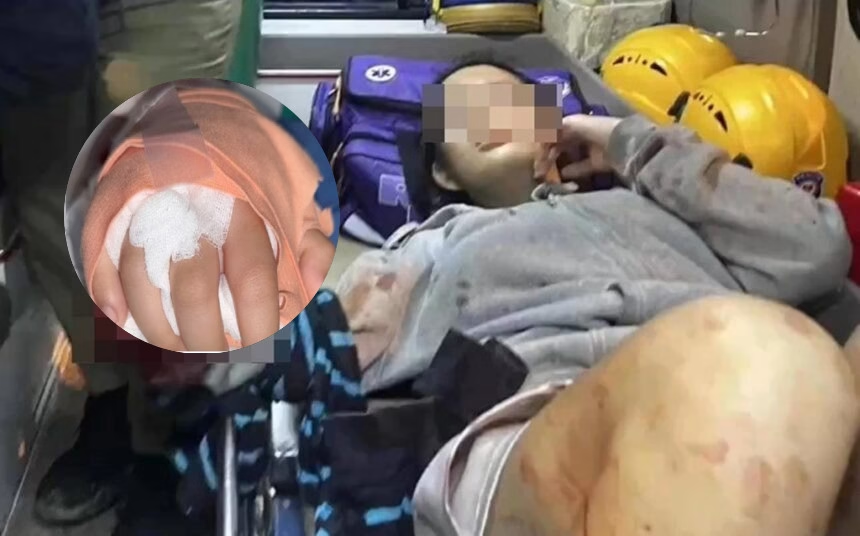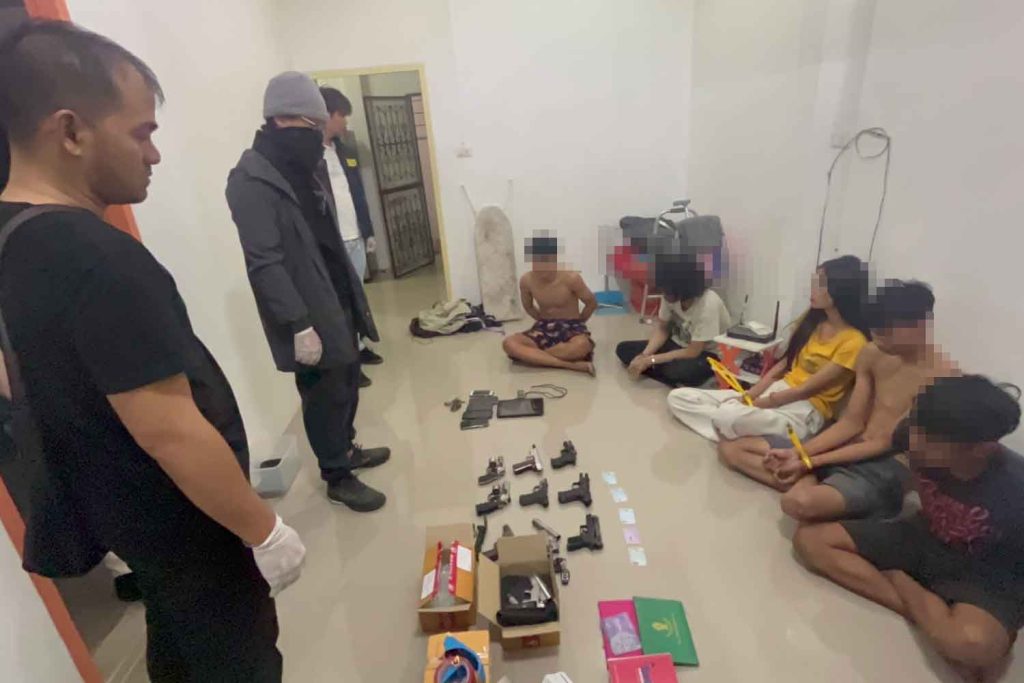CHIANG MAI– The 14-year-old girl whose right hand was cut off in a brutal gang sword attack in Chiang Mai last month has returned home after successful reattachment surgery. The assault happened in Muang Chiang Mai district on Sept 16.
Three students were badly hurt, including the girl who lost her hand.
Police detained 15 suspects two days later and laid charges. One suspect, a Myanmar national, admitted they mistook the girl for a male target because she wore a hoodie. She was taken to Maharaj Nakorn Chiang Mai Hospital at Chiang Mai University.

The Girls Hand Was Severed in a Brutal Sword Attack
Doctors said she had severe blood loss and was in a fragile state. After nearly 20 hours in the theatre, surgeons reattached her hand. Messages of support flooded social media, praising the surgical team for their skill.
A medical update stated that 90% of key structures were restored, including 21 tendons, six nerves, one artery and three veins. The patient also received extensive flap motoring treatment during her admission.
Flap surgery moves healthy tissue from one area to cover a wound. A flap brings its own blood supply and may include skin, fat, muscle and nerves. Motoring aims to restore movement and function in the hand.
On Tuesday, doctors shared more good news. She had recovered well and was discharged on Friday, after 24 days of treatment.
“The reattached hand has good blood circulation, with no signs of tissue death or infection,” said Dr Narain Chotirosniramit, dean of the Faculty of Medicine. “The wound is dry, and the patient has entered the rehabilitation phase with therapy.”
She can move some finger joints. Full feeling has not returned yet, which is normal at this stage. Her mental health has also improved under close care from child psychiatrists, Dr Narain added.
Youth Gang Issues in Chiang Mai
Chiang Mai, often seen as Thailand’s cultural centre, is facing a rise in youth gang activity among teenagers aged 13 to 20. Many of these groups, known locally as dek waen, gather around motorbikes and street life. Their actions range from petty theft to violent fights, which harm the city’s calm image. The issue has grown in recent years, pushed by social pressure, limited chances, and local culture.
Money problems play a large part. Many young people from low-income homes in the city and surrounding districts feel shut out. They may lack quality schooling or steady work. Gangs can offer status, friendship, and a place to belong, which can appeal to teens who lack support at home or strong role models. Social media adds to the pull. Platforms such as Instagram glamorize gang style and risk-taking, which some teens try to copy.
Street racing and turf disputes are regular features of this scene. Clashes often turn violent. In 2023, police recorded more than 200 gang-linked cases, including stabbings and fights in public places, with hotspots around Chang Phueak and Nimmanhaemin. These events put residents and visitors at risk. They also affect the local tourism economy when travellers avoid areas seen as unsafe.
Local groups and officials are trying to respond. Community projects and tougher policing run side by side. NGOs, including the Mirror Foundation, offer vocational training and counselling for at-risk teens, giving them skills and a safer path. Progress is uneven. Many schools lack funds, and mental health services are thin. Long working hours pull parents away from home, which leaves some teens open to recruitment.
Solving Chiang Mai’s youth gang problem needs several steps at once. Better schooling, real job paths, and stronger community ties can change the outlook. Without action, the cycle of poverty and violence will deepen, putting strain on the city’s social fabric and the next generation.















